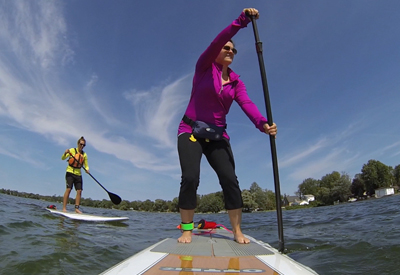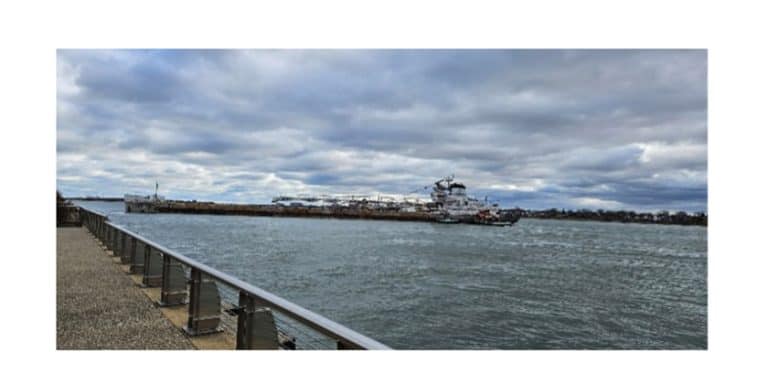Changes to the Small Vessel Regulations

May 24, 2018
I have been asked if I expect any changes to the boating Safety Regulations and I recently received notice of a few proposed changes to Transport Canada’s Small Vessel Regulations that will have an effect on recreational boaters across the country and will probably be introduced by this summer.
Stand up Paddle Boards will now be added to the list of Recreational Vessels and will be subject to the same safety equipment requirements as Paddleboards, Watercycles, Sealed-Hull and Sit-On-Top Kayaks.
They will be required to carry:
• One (1) lifejacket or PFD for each person on board*
• A buoyant heaving line of at least 15 meters in length,
• A sound signaling device
• and a watertight flashlight or navigation lights if the vessel is used after sunset or before sunrise.
*If everyone on board is wearing a lifejacket or PFD of appropriate size they are only required to carry a sound signaling device (whistle attached to their PFD) and a watertight flashlight if the vessel is used after sunset or before sunrise.
The obvious aim of this * acceptation is to have all those using these types of vessels wear their lifejackets or PFDs.
The other change that will affect safety equipment requirements relates to the number of required flares. Here is a list by vessel length of the current and coming changes:
Vessels no more than 6 meters in length:
• Current: Three flares other than smoke signals.
• •New: Three flares not more than one of which is a smoke signal.
Vessels more than 6 meters up to not more than 9 meters in length:
• Current: Six flares other than smoke signals.
• New: Six flares, not more than two of which are smoke signals. *Exception: At least three flares, not more than one of which is a smoke signal if there is also a means of two way electronic communications on board.
Vessels more than 9 meters in length:
• Current: Twelve flares, not more than six of which are smoke signals.
• New: No change.*Exception: At least six flares, not more than two of which is a smoke signal if there is also a means of two way electronic communications on board.
Human Powered Craft more than 6 meters:
• Current: Six flares other than smoke signals.
• New: Six flares, not more than two of which are smoke signals. *Exception; At least three flares, not more than one of which is a smoke signal if there is also a means of two way electronic communications on board.
Personal Watercraft:
• Three flares other than smoke signals.
• Three flares, not more than one of which is a smoke signal.
Note: Flares are not required for a vessel that is operating on a river, canal or lake on which it can be no more than 1 nautical mile (1.85 Km) from shore or has no sleeping quarters and is engaged in official competition or pin preparation for an official competition.
There is also a minor change to the Pleasure Craft License requirement. This is the license for the boat, not the operator.
The amendment would clarify that an update to a license would not extend the expiry date of a Pleasure Craft License by an additional 10 years.
On the renewal of Pleasure Craft Licenses, which are currently good for 10 years and for which there is currently no charge to renew the license, I strongly suspect that within the next few years there will a change to a 3 to 5 year renewal period and a renewal fee will be introduced so users will help to pay for the vessel licensing program.
Canadian Power and Sail Squadrons Manager of Government and Special Programmes





























